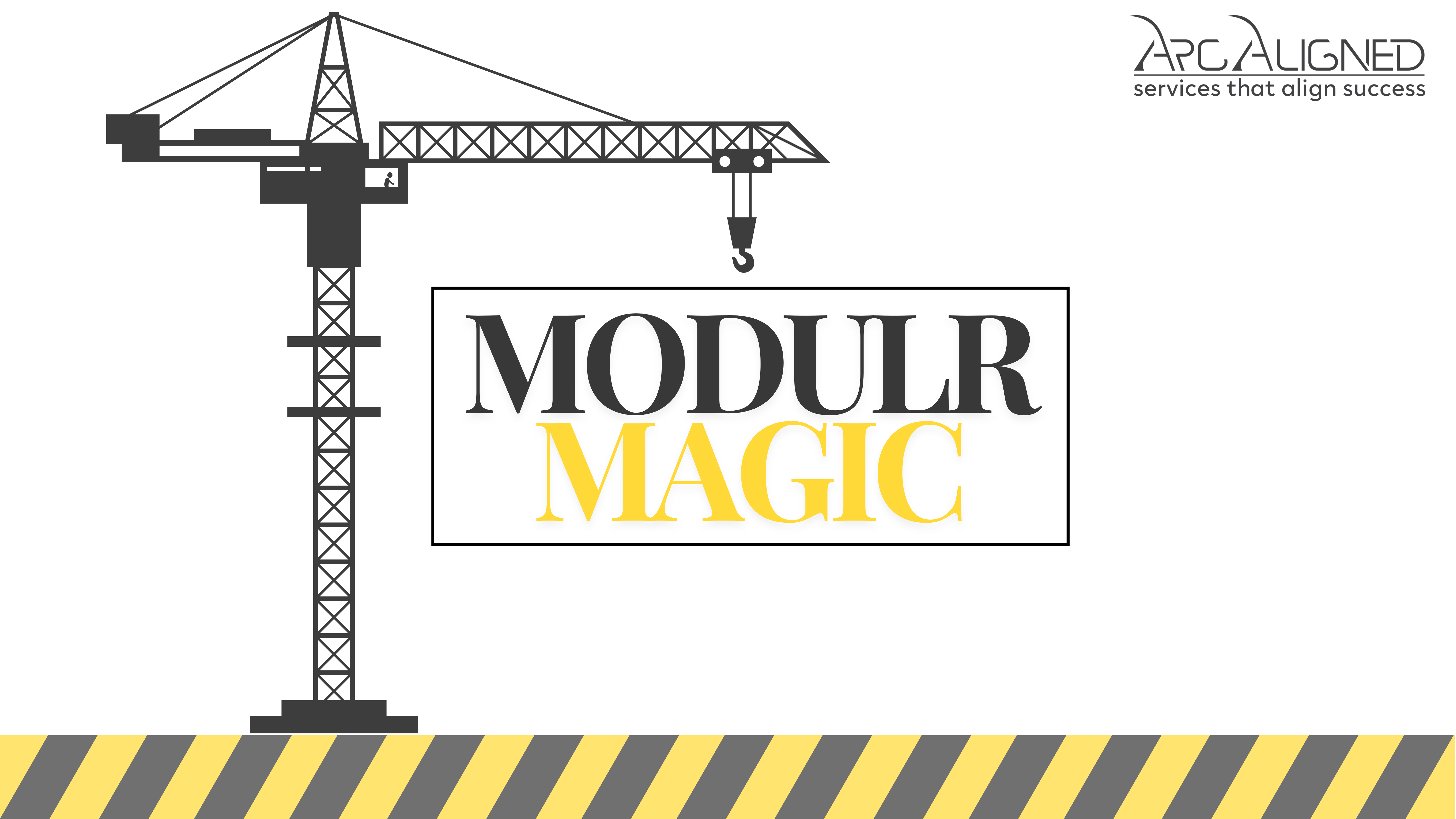Revolutionizing Construction: The Rise of Modular and Prefabricated Building
In an era where efficiency and sustainability are more important than ever, modular and prefabricated construction techniques are making waves in the building industry. As we navigate a world increasingly focused on reducing waste and accelerating project timelines, these innovative methods offer compelling solutions. Let’s dive into what makes modular and prefabricated construction not just a trend, but a game-changer.

What Are Modular and Prefabricated Construction?
Modular construction involves designing and constructing buildings in sections or modules off-site, which are then transported to the final location and assembled. Each module is a complete section of the building, including walls, floors, and ceilings.
Prefabricated construction, on the other hand, refers to the process of fabricating components or building sections in a factory setting before transporting them to the construction site for assembly. Unlike modular construction, prefabrication can involve a variety of building elements like panels, beams, or entire walls.
Why Are They Gaining Popularity?
Speed and Efficiency- One of the most significant advantages is the speed of construction. By building modules or components off-site simultaneously while site preparation occurs, construction projects can be completed much faster. Imagine a project that usually takes 12 months to complete being finished in 6 to 8 months. That’s the kind of efficiency modular and prefabricated methods offer.
Sustainability– As we grapple with climate change, sustainable building practices are essential. Modular and prefabricated methods contribute to greener construction by minimizing waste and reducing the carbon footprint. Factories are better equipped to handle waste management and recycling, making these methods more environmentally friendly.
Quality Control– Building components in a factory setting allows for better quality control. Weather-related delays and site conditions are minimized, leading to consistent and high-quality construction. This controlled environment helps in maintaining structural integrity and meeting safety standards.
Design Flexibility– Contrary to the misconception that modular and prefabricated buildings are limited in design, advancements in technology have expanded design possibilities. Today’s modular and prefabricated structures can be highly customized to fit aesthetic and functional requirements, often rivaling traditional construction in versatility.
“Looking to expand your career in BIM? Dive in to learn, connect, and unlock new opportunities for growth!”? Check out Weekly BIM Q&A to get the answers for your unanswered questions
Challenges and Considerations
Despite their benefits, modular and prefabricated construction also face challenges. Transporting large modules or components can be complex and costly, particularly for sites with limited access. Additionally, integrating these methods into traditional construction frameworks may require changes in regulatory and zoning policies.
Looking Ahead
As technology continues to advance, the future of modular and prefabricated construction looks promising. Innovations in materials, design, and manufacturing processes are likely to enhance their benefits and address current challenges.
In a world where time is money, and sustainability is crucial, modular and prefabricated construction offer a forward-thinking approach to building that is set to redefine industry standards.
Conclusion
Modular and prefabricated construction are not just reshaping how we build; they are setting new benchmarks for efficiency, sustainability, and design. As these methods gain traction, they promise to deliver not just buildings, but smarter, more sustainable solutions for our growing urban landscapes.
What are your thoughts on the rise of modular and prefabricated construction? Share your insights or experiences in the comments!
Article by- Rajeshwari Chouhan




